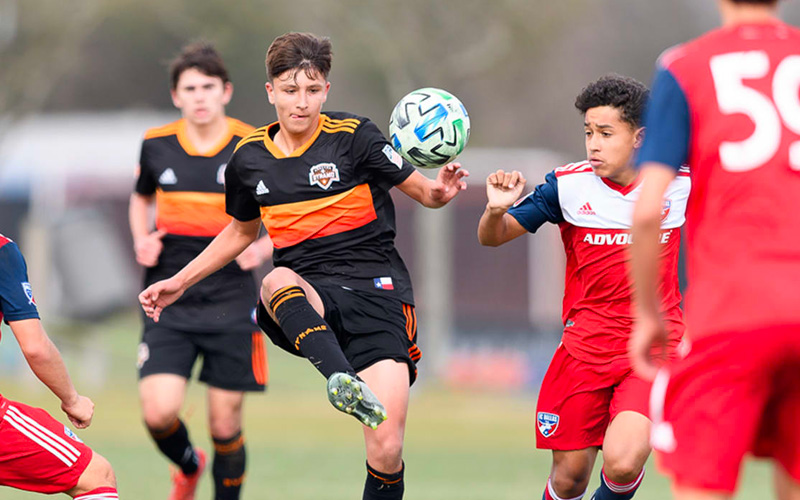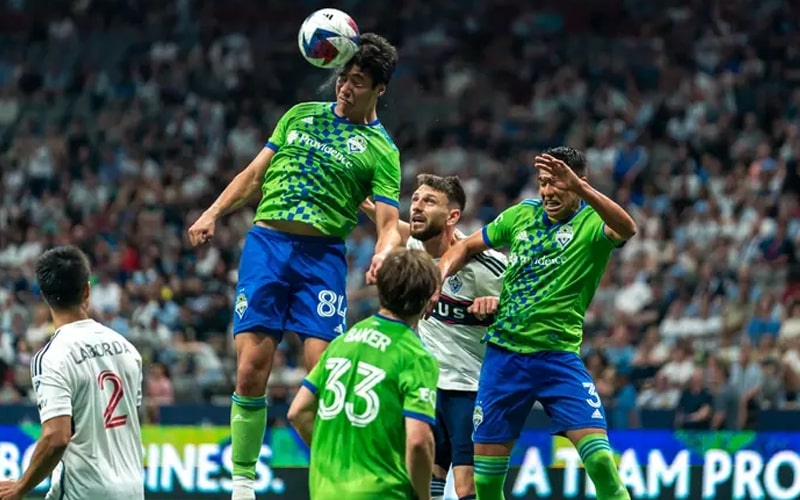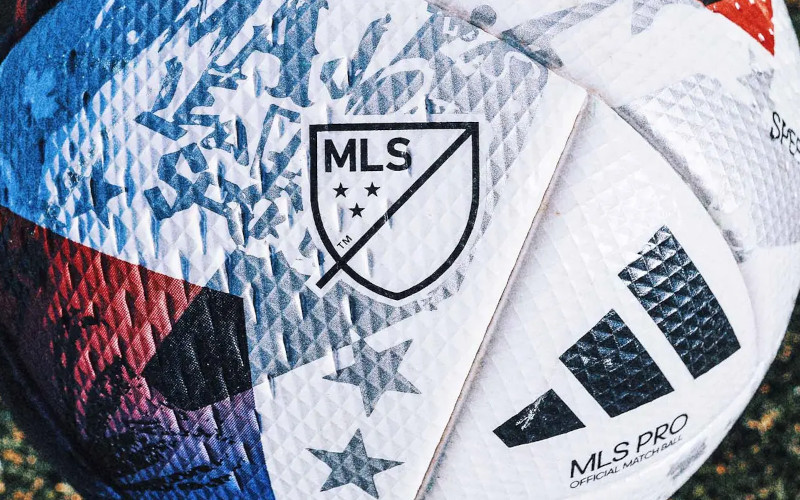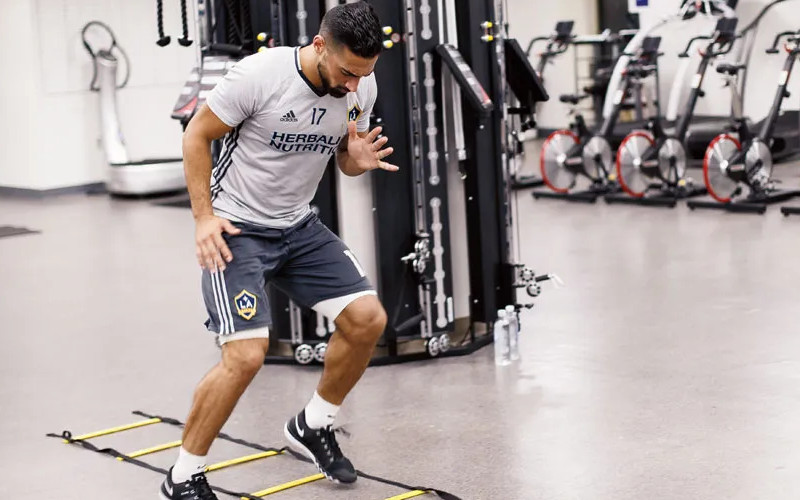Major League Soccer academies are playing a significant role in the development of American soccer. As the country’s primary professional soccer league, MLS has a responsibility to nurture and develop young talent. With the United States’ growing interest in soccer and an increasing number of talented players emerging, MLS academies are becoming integral in shaping the future of the sport in America. These academies provide young players with the opportunity to develop their skills and gain valuable experience to compete at the highest level.
MLS Academy Structure
MLS academies are the youth development systems of MLS clubs. They are designed to identify, recruit, and develop talented players who have the potential to play professionally. Each academy is affiliated with an MLS team and operates under the club’s management and supervision. This affiliation allows young players to receive top-quality coaching, facilities, and resources.
MLS academies offer various age groups, typically starting from U-12 up to U-19 levels. The most talented players from these age groups may be offered the opportunity to sign a professional contract with the MLS team or its affiliated USL (United Soccer League) team. This pathway to professional soccer is known as the “Homegrown Player Rule,” which encourages MLS clubs to invest in player development and provides opportunities for American talents.
The Homegrown Player Rule
The Homegrown Player Rule was established in 2008 to encourage MLS clubs to develop players from their academies. The rule allows teams to sign players to professional contracts directly from their academies, bypassing the MLS SuperDraft. These “homegrown” players do not count against a team’s salary budget or roster limits, incentivizing clubs to invest in their youth systems.
This rule has played a crucial role in the growth of American soccer, as more young players are given the opportunity to play at a professional level. Since its inception, over 250 players have signed homegrown contracts, with many of these players progressing to represent the United States’ national team.
Success Stories from MLS Academies
Numerous MLS academy products have gone on to have successful careers, both domestically and internationally. Some notable examples include:
Gyasi Zardes: A product of LA Galaxy’s academy, Zardes signed with the first team in 2012. He has since scored over 70 MLS goals and represented the United States national team on multiple occasions.
Tyler Adams: Developed by the New York Red Bulls Academy, Adams signed a homegrown contract in 2015 at just 16 years old. He has since become a key player for both his club and the national team and currently plays for RB Leipzig in Germany’s Bundesliga.
Alphonso Davies: A product of the Vancouver Whitecaps Academy, Davies signed a homegrown contract in 2016 at 15 years old. In 2018, he was signed by Bayern Munich for a then-record MLS transfer fee and has since become one of the world’s top young players.
These success stories demonstrate the potential of MLS academies to produce world-class talents and contribute to the growth of American soccer.
Challenges Faced by MLS Academies
Despite the progress made by MLS academies, they still face several challenges in their quest to develop top American talent.
Competition with European academies: MLS academies often struggle to compete with top European academies, which have more resources and a longer tradition of developing world-class players. European clubs can offer young American players the opportunity to train with elite coaching staffs and compete against stronger competition, making it difficult for MLS academies to retain top talent.
Pay-to-Play model: The pay-to-play model is a significant barrier for many talented young players in the United States. This model requires families to pay substantial fees for their children to participate in academy programs, preventing many players from lower-income backgrounds from accessing the resources they need to develop their talent. This issue limits the pool of talent available to MLS academies and reduces the opportunities for disadvantaged players to succeed in professional soccer.
Insufficient scouting networks: MLS academies often have limited scouting networks, making it difficult for them to identify and recruit the best young talent from across the country. This issue is exacerbated by the vast size of the United States, which makes it challenging for scouts to cover all regions effectively.
To overcome these challenges, MLS academies must invest in better scouting networks, eliminate barriers to entry, and collaborate with European clubs to provide more opportunities for player development.
Collaboration with European Clubs
To compete with European academies, MLS clubs have started partnering with top European clubs to provide their academy players with exposure to elite training environments and competition. These partnerships typically involve player exchanges, coaching exchanges, and joint training sessions.
For example, the New York City FC academy has a partnership with English Premier League club Manchester City, allowing their academy players to train at the City Football Academy in Manchester. Similarly, the Philadelphia Union has a partnership with German club Borussia Dortmund, providing opportunities for player exchanges and joint training sessions.
These partnerships benefit both parties by giving MLS academies access to elite coaching and facilities, and offering European clubs the opportunity to scout and recruit talented American players.
Improving Scouting Networks
To ensure the best young talent is identified and recruited, MLS clubs must invest in improved scouting networks. This investment includes hiring more scouts, establishing relationships with local youth clubs, and utilizing technology to identify and track potential academy prospects.
By expanding their scouting networks, MLS clubs can ensure they are recruiting the most talented players from all regions of the country and providing those players with the opportunities they need to develop.
Overcoming the Pay-to-Play Model
Addressing the pay-to-play model is essential for MLS academies to provide equal opportunities for talented players from all backgrounds. Some clubs have already made progress in this area, with several MLS academies now offering scholarships or fully-funded programs for talented players.
For example, the Philadelphia Union’s academy offers a fully-funded residential program for selected players, providing them with housing, education, and elite soccer training at no cost to their families. Similarly, the LA Galaxy academy offers scholarships to players who cannot afford the fees associated with the program.
By investing in these initiatives, MLS clubs can help to ensure that financial barriers do not prevent talented players from pursuing their dreams of becoming professional soccer players.




